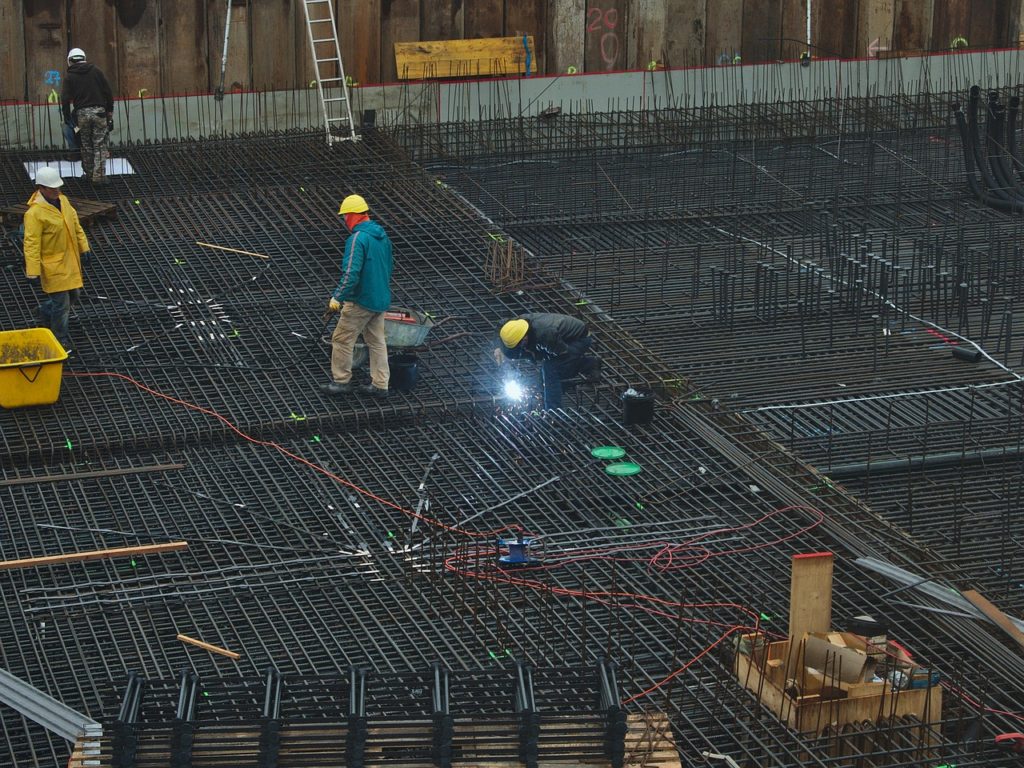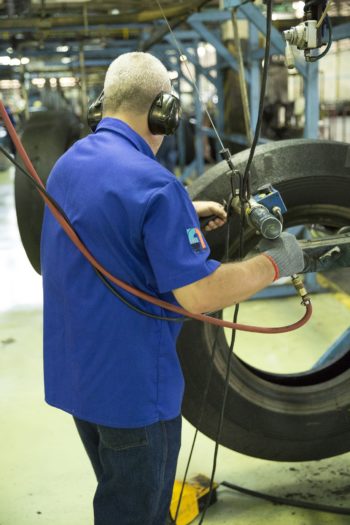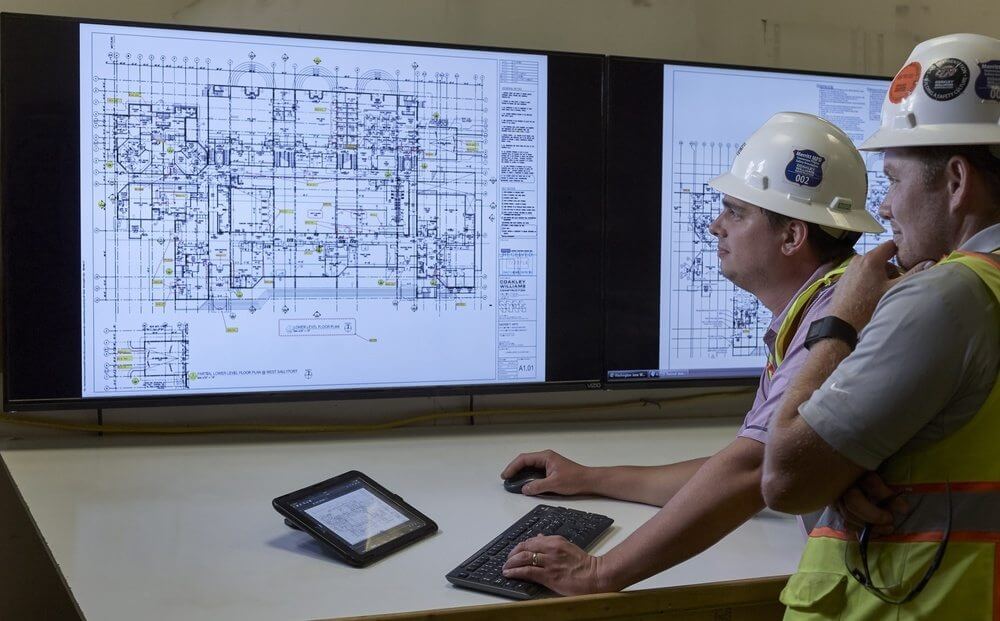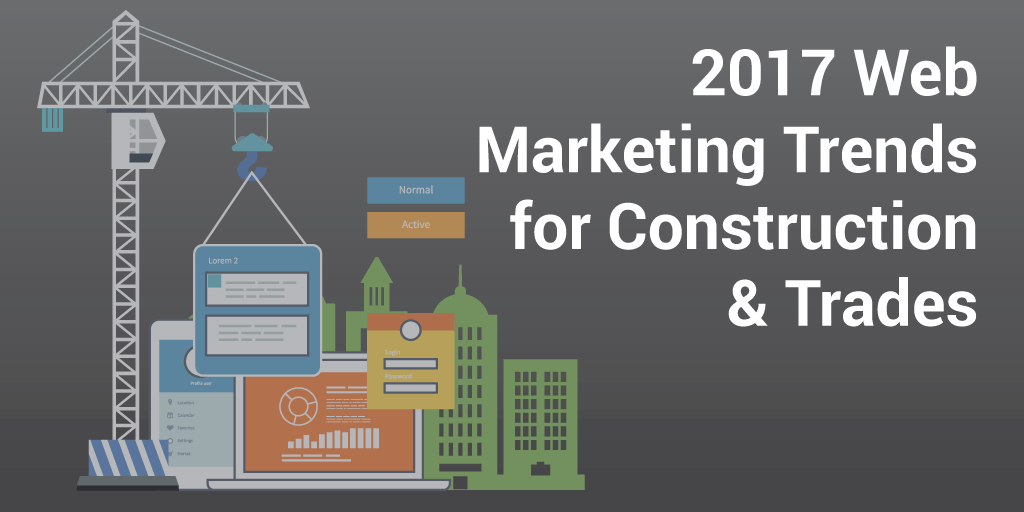Even though both construction and manufacturing industry consist of manual work for producing something, generally used for commercial purposes, they are different business processes. Construction involves financing, planning, and design in order to create physical structures like roadways, bridges or buildings. All those part of a construction project, whether we are talking about the construction manager and design engineer or the architect, must take into account zoning requirements, budget limits, project timeframe, safety measures, transportation of materials, logistics, delays and environmental impact. The industry has three sectors that refer to infrastructure, industrial and buildings, which can be residential or commercial.
Manufacturing, on the other hand, produces goods using biological and chemical processing, labor and tools with the purpose of selling them to consumers, retailers or distributors. The main goal is the transformation of raw materials into finished items used in the production of more complex ones including furniture, household appliances, automobiles and aircraft that before ending up in the hands of consumers and end users, make a quick stop at supermarkets, malls or general stores. The manufacturing has a close relationship with industrial design and engineering.
Main challenges faced by the construction industry
Both industries face big challenges meaning that their success depends on their ability to overcome and adapt. Despite the great demand for construction, the reality of this large sector is rather precarious. The poor productivity and profitability, design complexity, sustainability concerns and skilled labor shortages represent serious problems that caused the construction industry to be at a crossroads. Those who decide to build houses and commercial offices overnight could easily land a job although lacking the necessary training or skill thus resulting in a saturated marketplace. Productivity stagnation still remains a concerning issue. Project complexity grows at the same time with opportunities in construction so apart from operating under small profit margins, companies encounter difficulties completing all projects on time without exceeding the established budget. Moreover, this field relies on raw materials so water management and climate change hinder its growth.
The only solution available: digitalization
Keeping in mind all these details, the next question inevitably arises: what are the next steps or solutions for dealing with these problems? Well, the only logical step is to embrace disruption and take advantage of technological innovations in order to address project performance, energy consumptions and pollution affecting the environment, poor profit, and skilled labor shortages. Companies no longer ponder upon “ifs” or “buts”; they are ready to make the necessary changes and the proof lies in the rise of global demand for automation in construction. Digitization has the purpose to prevent on-site hazards, increase productivity and eliminate waste thus creating successful outcomes and better profit margins. We cannot help but notice the impact of technology on the construction field over the years, from the simple task of making a brick to the implementation of new technologies. As a result, apart from being highly skilled, workers must acquire tech literacy in order to keep up with the improvement and development.
Technological innovations reshaping the construction sector
Starting with workplace safety, companies started using wearable tech for tracking employee locations, impeding them from entering a dangerous workspace, triggering, slowing or stopping machines to avoid potential hazards. This goes beyond glasses, hard hats, and safety vests because companies can upgrade to smart models if they aspire to better tracking and analysis. Wearable motion sensors placed on workers’ belts have the purpose to record problematic movements or potential injuries. The smartphone already represents the main communication tool on the construction site, but workers can also use it as a timer, calculator, and to-do list.
Read also: Construction innovation – How we can help the industry get back in the tech race
We cannot overlook another technological wonder that facilitates construction processes and increases efficiency, namely 3D printing, which significantly minimizes assembly costs and the amount of materials needed. Consequently, the project team must include some tech-savvy members. The implementation of technology in the construction sector should make long-lasting buildings with a lower impact on the environment. The innovations mentioned are just the beginning because companies must quench their thirst, once again proved by the global demand of automation, which includes the use of drones for inventory monitoring and site inspection, robotics applications for improved efficiency and prefabricated home construction. These tools could reshape the construction industry, but only if companies start adopting them now.
Technological challenges facing the manufacturing industry
Directing our attention towards the manufacturing sector, we notice the same thing. Companies struggle to find qualified and reliable employees, maintain compliance and keep up with new technology. PDF Electric & Supply , for instance, is a global supplier of automation that eagerly awaits to cater for some of the world’s largest industries, but manufacturers must understand that showing initiative is a good start, but it is not enough; they also have to act in this regard. Just like construction companies, they face major challenges including project management, skilled labor, system usability and the Internet of Things (IoT). When getting products to market, they have to adhere to stressful timelines while staying within the limits of the budget allocated meaning that in order to avoid losing millions of dollars, they need to control every move strictly. The almost inexistent flexibility impedes them from making adjustments along the way. Consequently, the manufacturing industry could benefit greatly from project service automation service that allows finding resources and adjusting the schedule.
Manufacturers move too slow when it comes to automating processes
Advancements in technology force manufacturer to hire employees possessing a different set of skills, analytical mind, and proficiency in mathematics. Since recruiting such workers is extremely difficult, manufacturers must train on the job without wasting financial resources thus virtual reality and augmented reality technology have a major role in ensuring a skilled workforce. Using smart machines to collect and analyze data also represents a challenge for this large industry. Well, the collecting part is easier by we cannot state the same about data mining capacities, which require urgent improvement for making real-time decisions. The main idea is that even though manufacturers try to implement advanced technology, their success rate is not quite admirable. They move too slow thus losing competitive advantage.
About the author: Rana Tarakji is an entrepreneur and a contributing writer at One SEO a digital marketing agency, who lives in Beirut, Lebanon. Rana Tarakji is passionate about digital marketing, startups, helping entrepreneurs grow, and empowering them to live their dreams. She has worked as a marketer, a technology co-founder and business developer, and a writer.





